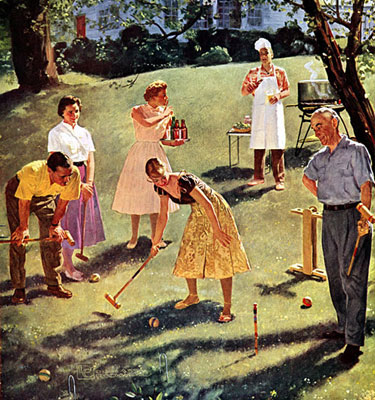 Certain issues are very near and dear to my heart and none more so than hunger. Having worked in a homeless shelter, I got to know people who struggled to get enough to eat on a daily basis and it was an honor to be able to feed them. Ironically the homeless shelter I worked at was in a very wealthy county. But hunger is something that the richest and the poorest countries have in common and it doesn't just affect the homeless. And it will take public effort to make the changes necessary to see that hunger is wiped out.
Certain issues are very near and dear to my heart and none more so than hunger. Having worked in a homeless shelter, I got to know people who struggled to get enough to eat on a daily basis and it was an honor to be able to feed them. Ironically the homeless shelter I worked at was in a very wealthy county. But hunger is something that the richest and the poorest countries have in common and it doesn't just affect the homeless. And it will take public effort to make the changes necessary to see that hunger is wiped out.
A Place at the Table, a film addressing hunger in the US was released on March 1st. I got a chance to preview it and found it very moving with portraits of people struggling in our midst. It looks at just some of the reasons that hunger exists in the US. Perhaps not surprisingly, politics and subsidies are an important part of the picture. The film aims to increase our understanding of the problem it also points to some solutions. Though the current debate on raising the minimum wage is not part of the film, it's worth taking a look at too. Should anyone working full time making minimum wage still have a tough time putting food on the table? As taxpayers we are effectively subsidizing the big corporations that pay minimum wage in the form of programs like Medicare and food stamps. And we are subsidizing big agribusiness rather than family farms with farm subsidizes that do little to address hunger.

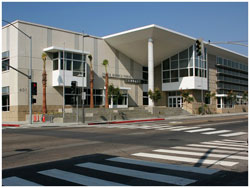
 My husband Dave always seems to be ahead of the cool gadget curve,
making sure we're the first kids on our block to have the latest and
greatest tech toys. We've had our Wii for years, stood in line the
first week for the iPhone (him not me), sold our regular laptop to
upgrade to the MacBook Air (worth every penny) and are still jamming
away a year later on Rock Band when most people have never even played
the game. I couldn't imagine what he was going to pull out of his
Christmas stocking this year. Thanks to the generosity of his boss, it
was a Kindle. For those of you who shop on Amazon – which would be almost everyone
with an Internet connection on the planet – the Kindle is not exactly
new, but it sure is hard to get your hands on, which is a bit of a
surprise considering how expensive it is.
My husband Dave always seems to be ahead of the cool gadget curve,
making sure we're the first kids on our block to have the latest and
greatest tech toys. We've had our Wii for years, stood in line the
first week for the iPhone (him not me), sold our regular laptop to
upgrade to the MacBook Air (worth every penny) and are still jamming
away a year later on Rock Band when most people have never even played
the game. I couldn't imagine what he was going to pull out of his
Christmas stocking this year. Thanks to the generosity of his boss, it
was a Kindle. For those of you who shop on Amazon – which would be almost everyone
with an Internet connection on the planet – the Kindle is not exactly
new, but it sure is hard to get your hands on, which is a bit of a
surprise considering how expensive it is.
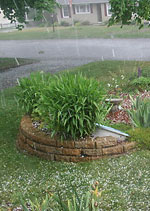 So we had a hail storm yesterday.
So we had a hail storm yesterday.
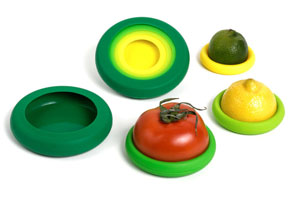 FOOD HUGGERS
FOOD HUGGERS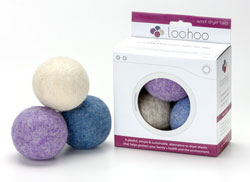 Who said laundry can’t be fun? LooHoo Wool Dryer Balls are colorful, reusable dryer balls that reduce drying time (by 25 percent) and soften laundry naturally! LooHoos lift and separate clothes creating a constant motion that allows more air to circulate around your wet laundry so it dries faster. Made of lanolin-rich wool, about the size of a baseball, these dryer balls can be used for years and the hues will never transfer onto your clothes. The wool fibers absorb static cling, and an added bonus, wool absorbs odors too… so no more stinky socks!
Who said laundry can’t be fun? LooHoo Wool Dryer Balls are colorful, reusable dryer balls that reduce drying time (by 25 percent) and soften laundry naturally! LooHoos lift and separate clothes creating a constant motion that allows more air to circulate around your wet laundry so it dries faster. Made of lanolin-rich wool, about the size of a baseball, these dryer balls can be used for years and the hues will never transfer onto your clothes. The wool fibers absorb static cling, and an added bonus, wool absorbs odors too… so no more stinky socks!